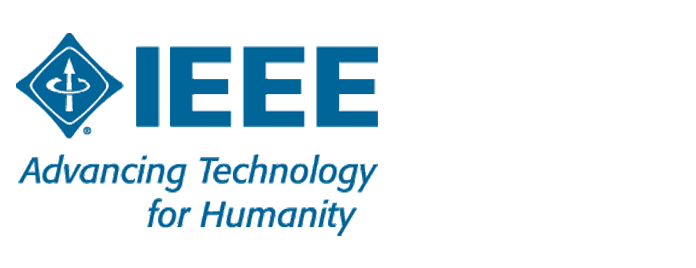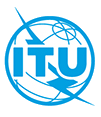Information model for MAR (Mixed and Augmented Reality) contents
The objective of this document is to propose an extension to the existing standard for the information model for representing the mixed and augmented reality scene/contents description, namely:
1) Extending the existing and conventional constructs for representing the virtual reality scene graph and structure such that a comprehensive range of mixed and augmented reality contents can also be represented.
2) As part of the extension, representing physical objects in the mixed and augmented reality scene targeted for augmentation.
3) As part of the extension, representing physical objects as augmentation to other (virtual or physical) objects in the mixed and augmented reality scene.
4) Providing ways to spatially associate aforementioned physical objects with the corresponding target objects (virtual or physical) in the mixed and augmented reality scene.
5) Other necessary functionalities and abstractions that will support the dynamic MAR scene description such as event/data mapping, and dynamic augmentation behaviours.
6) Describing the association between these constructs and the MAR system which is responsible for taking and interpreting this information model and rendering/presenting it out through the MAR display device.
The document also provides definitions for terms as related to these MAR content informational components and their attributes. The target audience of this document are mainly MAR system developers and contents designers interested in specifying MAR contents to be played by an MAR system or browser. The standard will provide a basis for further application standards or file formats for any virtual and mixed reality applications and content representation. The extension will be self-contained in the sense that it is independent from the existing virtual reality information constructs, focusing only on the mixed and augmented reality aspects. However, this document only proposes the information model, and neither promotes nor proposes to use a specific language, file format, algorithm, device, implementation method, and standard. The proposed model is to be considered as the minimal basic model that can be extended for other purposed in actual implementation.
1) Extending the existing and conventional constructs for representing the virtual reality scene graph and structure such that a comprehensive range of mixed and augmented reality contents can also be represented.
2) As part of the extension, representing physical objects in the mixed and augmented reality scene targeted for augmentation.
3) As part of the extension, representing physical objects as augmentation to other (virtual or physical) objects in the mixed and augmented reality scene.
4) Providing ways to spatially associate aforementioned physical objects with the corresponding target objects (virtual or physical) in the mixed and augmented reality scene.
5) Other necessary functionalities and abstractions that will support the dynamic MAR scene description such as event/data mapping, and dynamic augmentation behaviours.
6) Describing the association between these constructs and the MAR system which is responsible for taking and interpreting this information model and rendering/presenting it out through the MAR display device.
The document also provides definitions for terms as related to these MAR content informational components and their attributes. The target audience of this document are mainly MAR system developers and contents designers interested in specifying MAR contents to be played by an MAR system or browser. The standard will provide a basis for further application standards or file formats for any virtual and mixed reality applications and content representation. The extension will be self-contained in the sense that it is independent from the existing virtual reality information constructs, focusing only on the mixed and augmented reality aspects. However, this document only proposes the information model, and neither promotes nor proposes to use a specific language, file format, algorithm, device, implementation method, and standard. The proposed model is to be considered as the minimal basic model that can be extended for other purposed in actual implementation.

ISO/IEC DIS 3721-1
https://www.iso.org/obp/ui/#iso:std:iso-iec:3721:-1:dis:ed-1:v1:en


